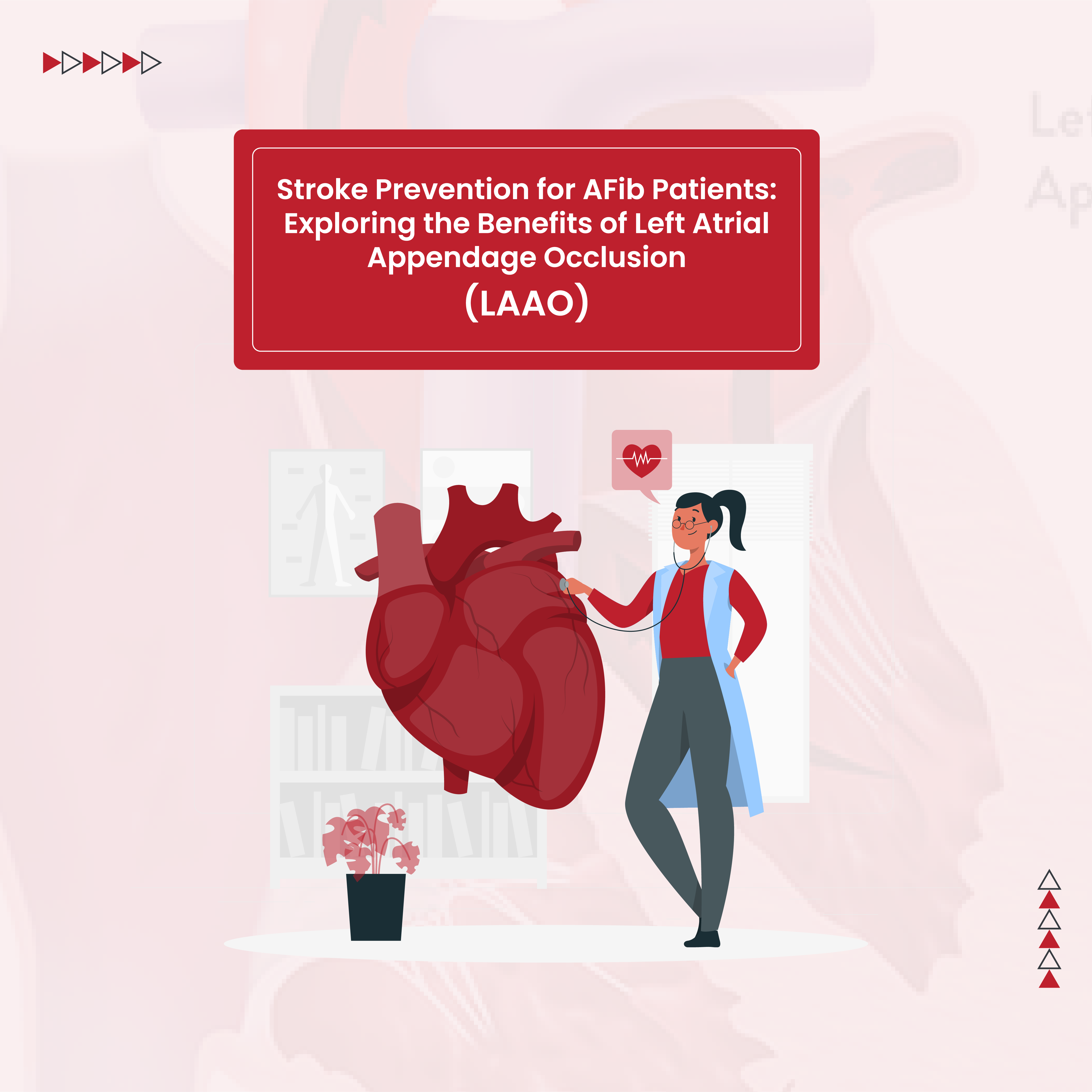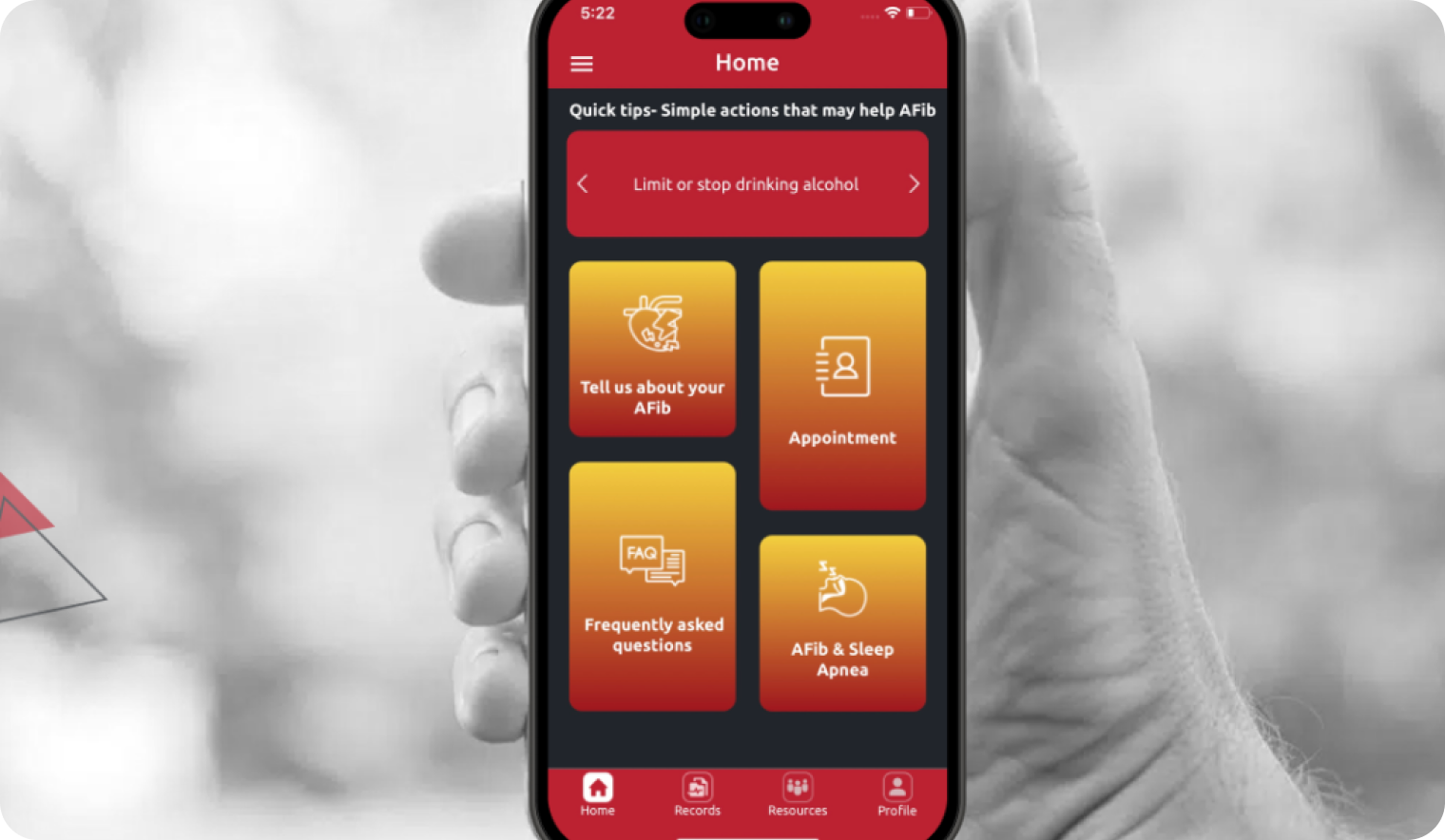In our first interview for The Scoop, Dr. Laws provides perspective about how common the AFib condition is compared to other diseases. He also elaborates on additional dynamics about the disease including risks and the importance of treatment.
Atrial fibrillation happens to be the most common supraventricular arrhythmia that one would find in their medical practice with 10 to 50% of individuals over the age of 70 years old would have had at least one episode of atrial fibrillation. Currently, the incidence of atrial fibrillation in the United States is approximately 1.64 million individuals per year, which compares with the most common malignancies that one would encounter. When we look at breast cancer, lung cancer, prostate cancer and colon cancer, the incidence for these cancers is approximately 1.67 million. Hence atrial fibrillation has a very similar incidence when compared to these common malignancies. The incidence and prevalence of atrial fibrillation continues to increase. Many of the reasons for this increase center around the risk factors. Common risk factors for development of atrial fibrillation include uncontrolled hypertension, diabetes mellitus, valvular heart disease, sleep apnea (both central and obstructive), and excessive alcohol intake. Incidentally obesity also plays a very significant role in the propagation of atrial fibrillation. It is from our experience that aggressive elucidation of risk factors and management of risk factors can actually decrease the overall burden of atrial fibrillation over time. Currently, atrial fibrillation is associated with significant mortality and morbidity especially when not treated appropriately. The most common debilitating side effect of atrial fibrillation centers around stroke formation. The risk for stroke formation happens to be five times that of the ordinary population when not treated appropriately. When one comes in as a patient of atrial fibrillation, it is important for us to get an idea of their risk profile. This risk profile is encapsulated in the calculation of the CHA2DS 2-VASc score for atrial fibrillation stroke risk. For females, a CHA2DS2-VASc score of greater than 3 implies that there is an increased incidence of stroke formation. For males it’s a CHA2DS2-VASc greater than 2. When one has an elevated CHA2DS2-VASc it is important for us to peruse strategies of anticoagulation therapy aimed at decreasing the incidence of stroke. Atrial fibrillation happens to have a significant cost burden to the healthcare system. Approximately $12 billion per year is spent in the management of atrial fibrillation and most of this cost is related to the treatment of the complication associated with atrial fibrillation – namely, stroke formation. As stated previously, the identification of risk factors and the appropriate management of risk factors helps to reduce the incidence of atrial fibrillation. If one goes on to develop atrial fibrillation, ensuring that appropriate medical strategies are pursued to decrease the complications of atrial fibrillation, since the complications have a significant burden on the healthcare system.
Thanks for your interest in The Scoop. Continue reading to learn exactly what AFib is and how it impacts patients’ bodies.








